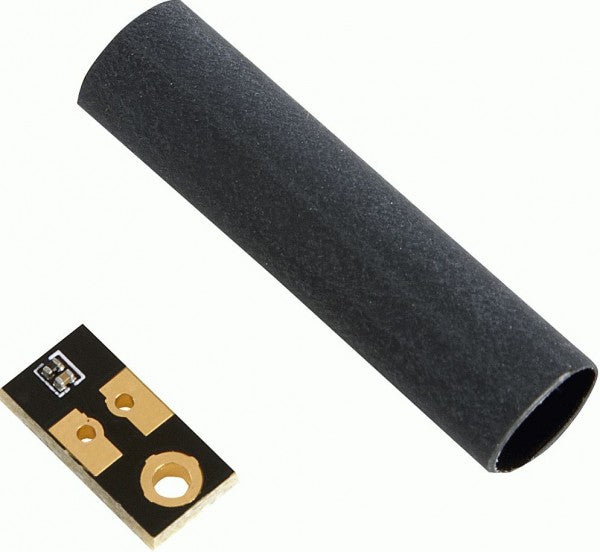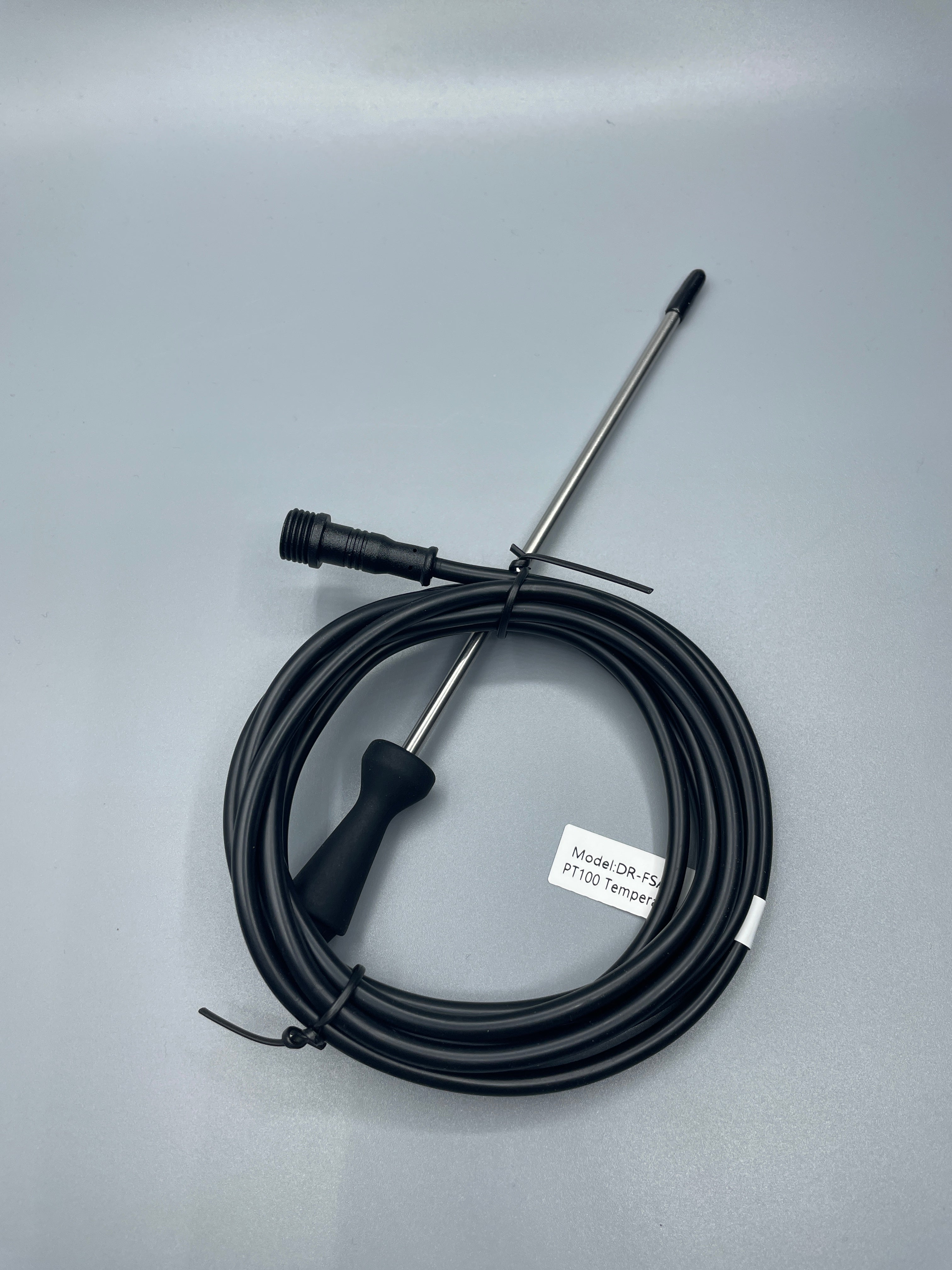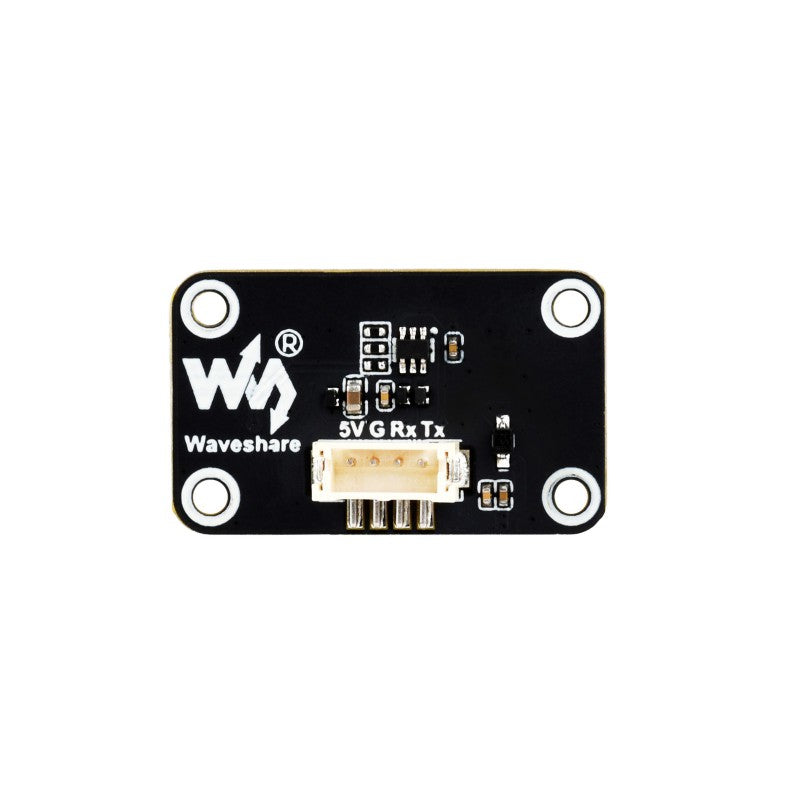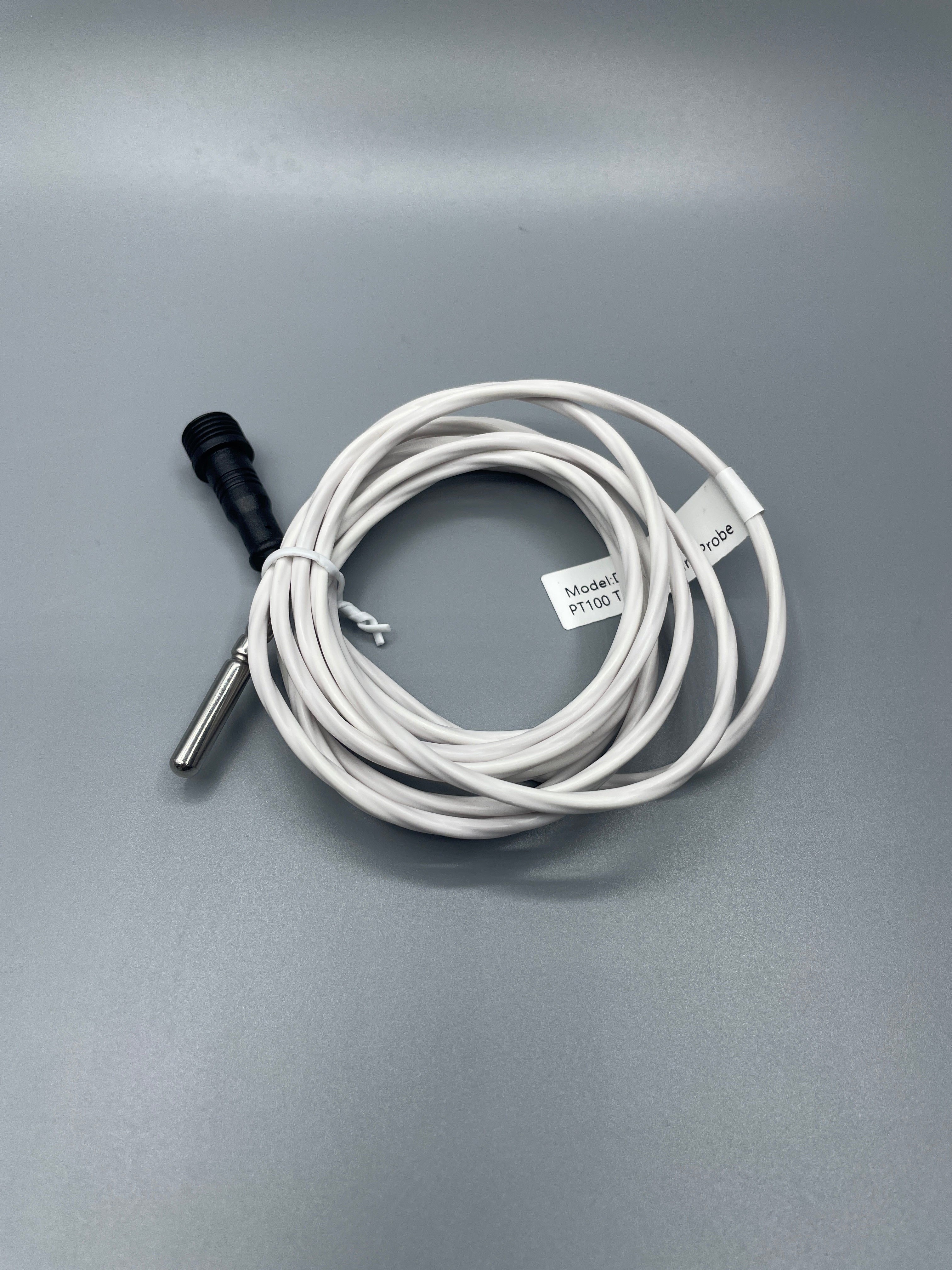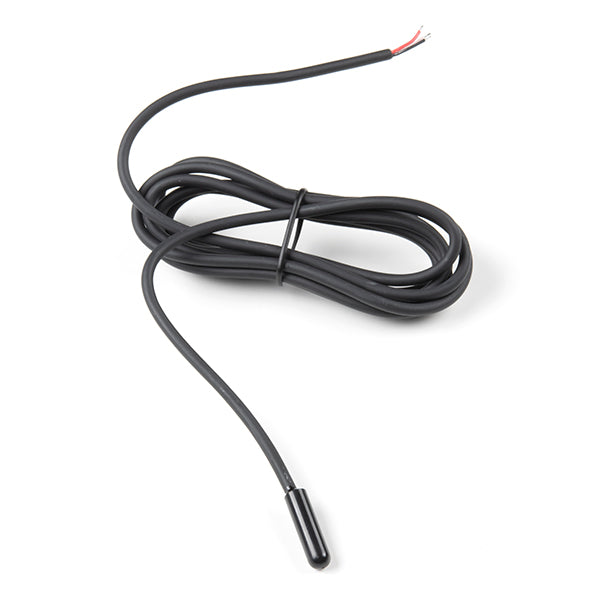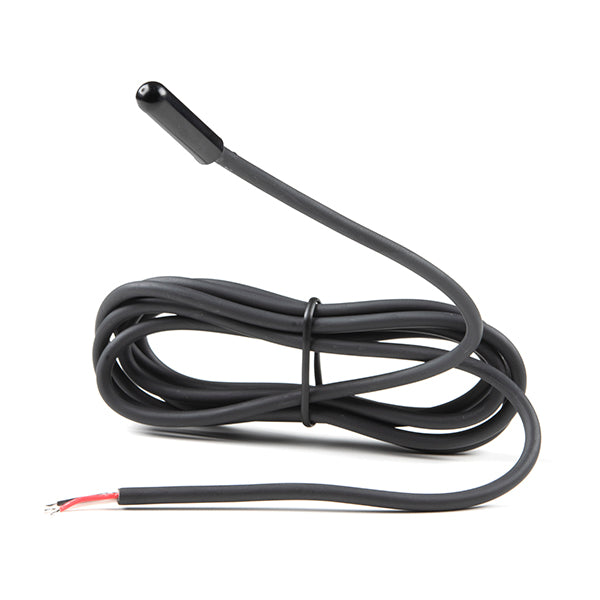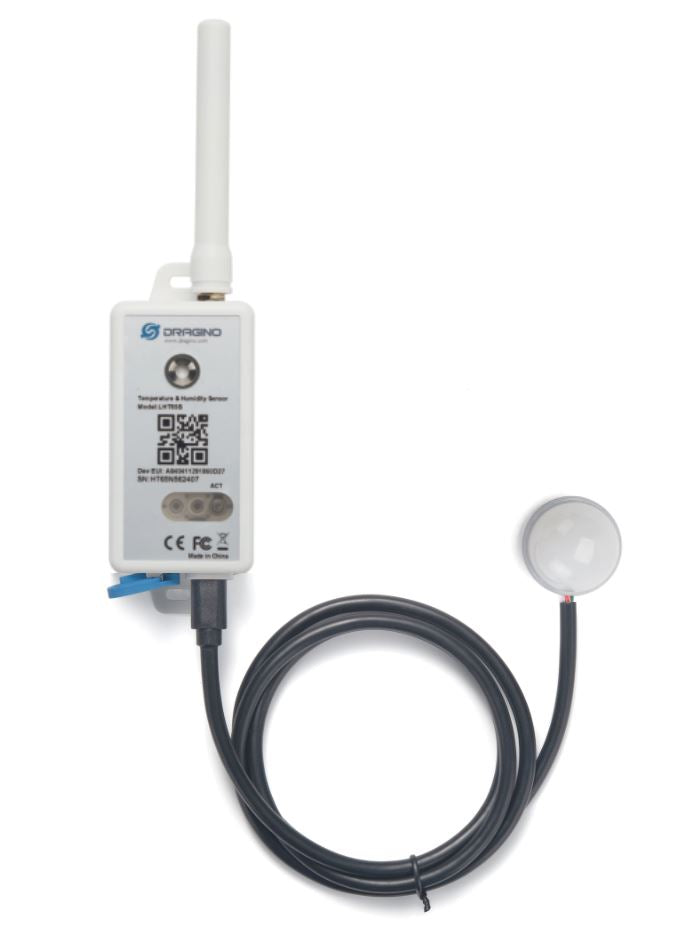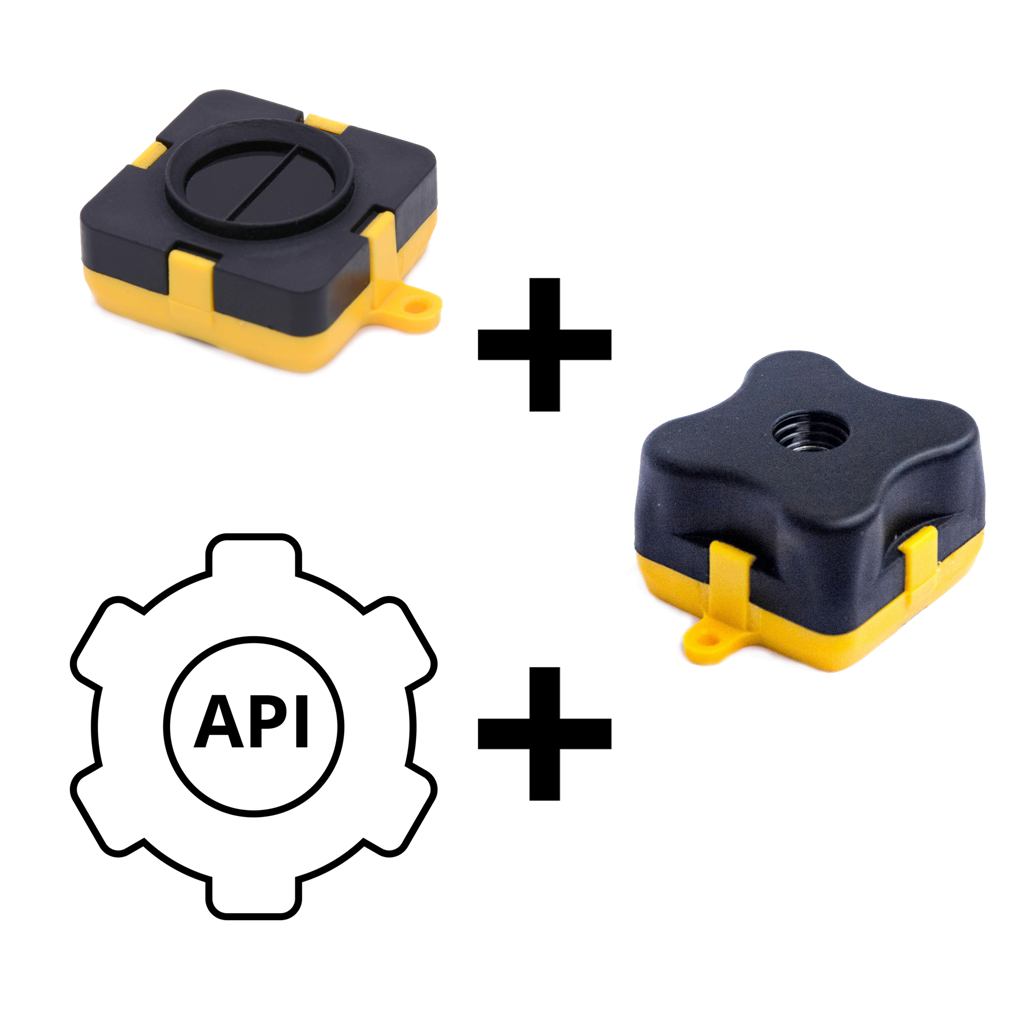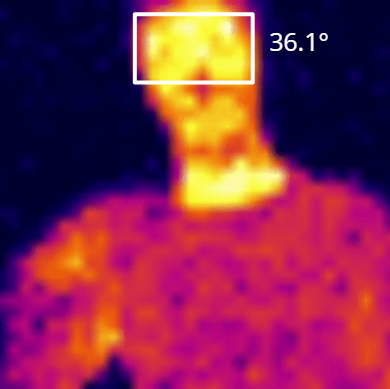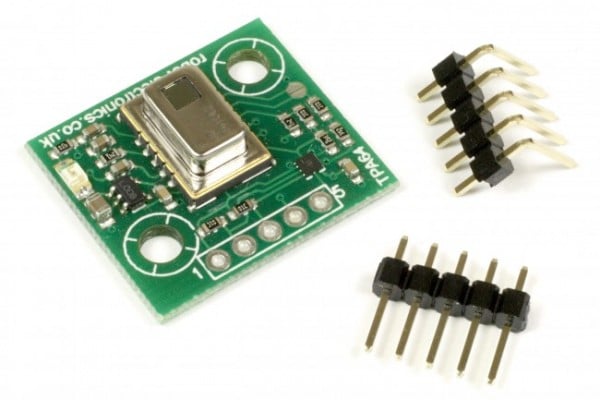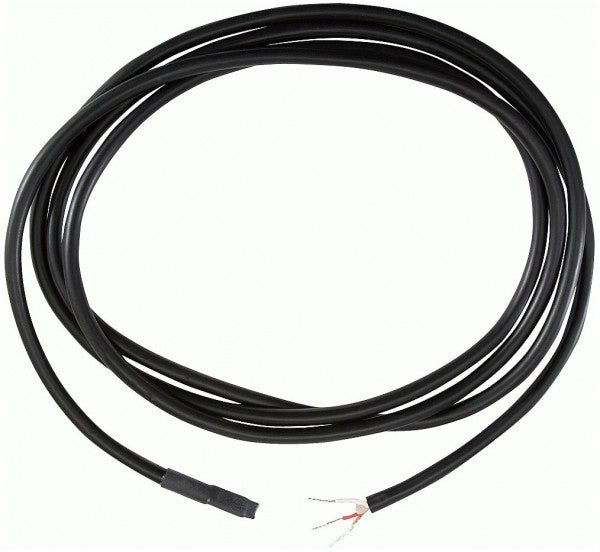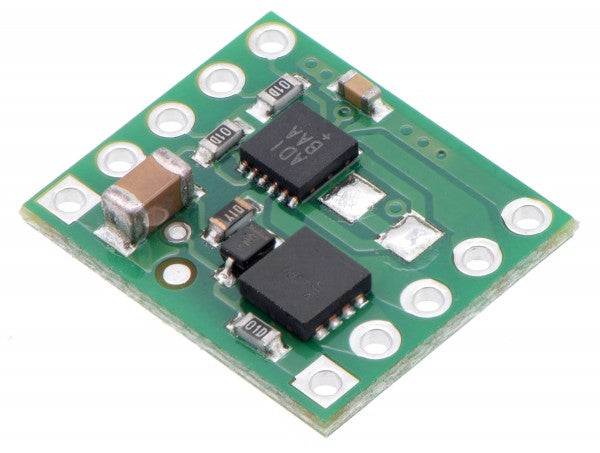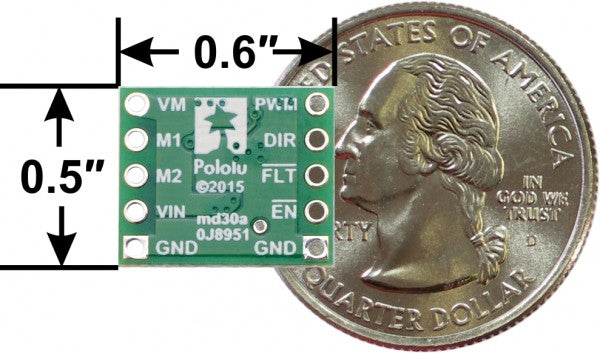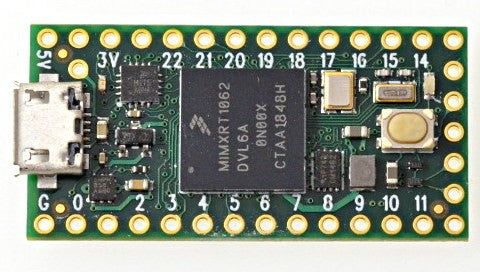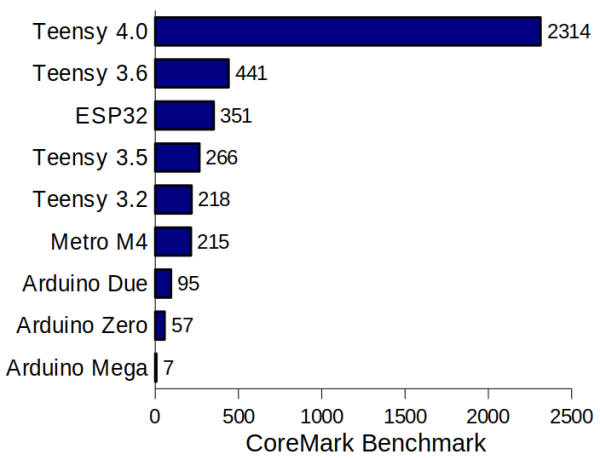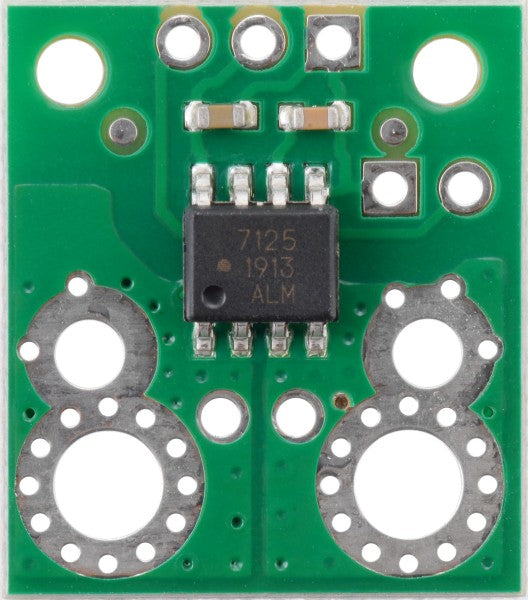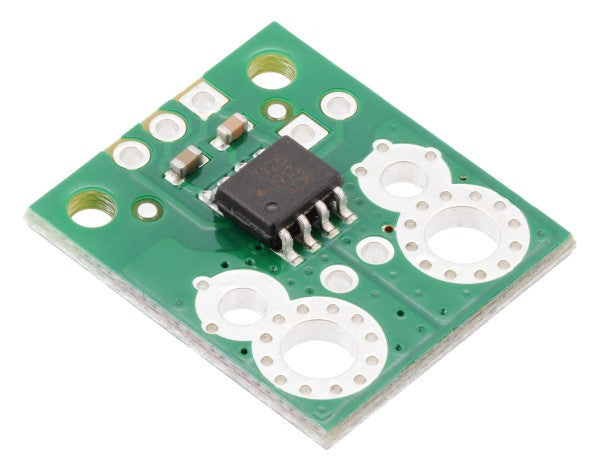Innovative temperature sensors for demanding tasks
The traditional method of measuring temperature with a mercury thermometer seems outdated in today's world: electronic temperature sensors have long since provided a better alternative, characterised by a high degree of accuracy. A further advantage is that these components can be easily used in automated, technical environments. The sensors are connected to a microcontroller such as Arduino or Raspberry Pi, for example, and the measurement results trigger fully or largely automated processes.
The following applies in principle: heat sensors are used in all applications where temperature measurement is a relevant factor. The specific function differs here. As part of overheating protection, a temperature sensor detects when the temperature in a measuring range exceeds a certain maximum value. When used for temperature monitoring, an Arduino temperature sensor or another variant provides accurate readings on an ongoing basis, which users can check on their weather station or on their vehicle's display, for example.
There are many possible applications for temperature sensors:
- Measuring room temperature and connecting to a smart home system
- Overheating protection in large household appliances, machine tools and industrial systems
- Temperature measurement on hot plates, irons and fridges
- Measuring and monitoring cooling temperature in industrial cold stores
Robust temperature sensors for outdoor use
If you need a temperature sensor for your project, there is one key question to ask: where will you use it? Many heat sensors are located inside technical devices and in indoor rooms and thus in protected environments. Other sensors fulfil their tasks in outdoor areas.
Do you need a heat sensor for outdoor use? Then you will find sensors here in the shop that are fully waterproof. These models often also have powerful batteries so that you can install them independently of a power connection. Suitable technology for continuous data transmission also proves to be important – this saves having to read weather stations manually, for example. For smart home systems and other small or large-scale systems, automatic data transmission via WLAN, LoRaWAN and the like is indispensable.
Combination devices: measure temperature, humidity and more
For a variety of projects, you need different measurement data. A typical example is this combination:
- Temperature
- Humidity
- CO2 content
Another variant is the measurement data temperature, humidity and brightness. This data proves to be valuable, for example, in intelligent building control.
The good news is that you don't have to put the sensors together individually. Here at EXP Tech, you can purchase practical combination models that use several sensors to capture different measured values and forward them via a microcontroller such as Arduino.
Order your customised temperature sensor conveniently
Equip yourself with a digital temperature sensor or combination models from your leading electronics retailer. Choose from a wide range of products to find the perfect Raspberry PI temperature sensor, Arduino outdoor heat sensor or temperature and humidity sensor for you!

